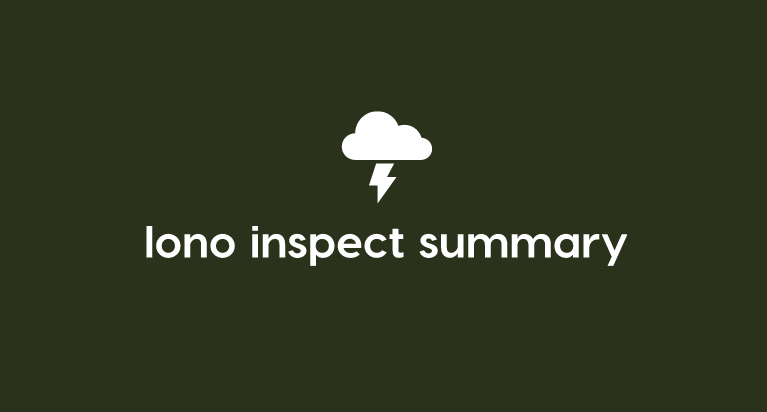This is a follow up to these posts:
- Summarize CloudFormation Required Parameters with jq
- Summarize CloudFormation Resources with jq Tip
- JSON to YAML One Liner
In the previous posts, we went over some jq tips with CloudFormation. We used jq to quickly summarize CloudFormation template parameters and resources. lono summary automates that process and makes the command short and sweet.
First, you’ll need to be in a lono project. You can quickly generate one with:
lono new infra
cd infra
Let’s download and summarize the parameters for a simple CloudFormation template with a single EC2 instance.
$ lono import https://s3.amazonaws.com/cloudformation-templates-us-east-1/EC2InstanceWithSecurityGroupSample.template --name ec2
$ lono summary ec2
CloudFormation Template Summary:
Parameters:
Required:
KeyName (AWS::EC2::KeyPair::KeyName)
Optional:
InstanceType (String) Default: t2.small
SSHLocation (String) Default: 0.0.0.0/0
Resources:
1 AWS::EC2::Instance
1 AWS::EC2::SecurityGroup
Now another example, let’s download and summarize the parameters for a CloudFormation template with a typical AutoScaling stack.
$ lono import https://s3.amazonaws.com/cloudformation-templates-us-east-1/AutoScalingMultiAZWithNotifications.template --name asg
$ lono summary asg
CloudFormation Template Summary:
Parameters:
Required:
VpcId (AWS::EC2::VPC::Id)
Subnets (List<AWS::EC2::Subnet::Id>)
OperatorEMail (String)
KeyName (AWS::EC2::KeyPair::KeyName)
Optional:
InstanceType (String) Default: t2.small
SSHLocation (String) Default: 0.0.0.0/0
Resources:
2 AWS::AutoScaling::ScalingPolicy
2 AWS::CloudWatch::Alarm
1 AWS::AutoScaling::LaunchConfiguration
1 AWS::ElasticLoadBalancingV2::LoadBalancer
1 AWS::ElasticLoadBalancingV2::Listener
1 AWS::ElasticLoadBalancingV2::TargetGroup
1 AWS::SNS::Topic
1 AWS::EC2::SecurityGroup
1 AWS::AutoScaling::AutoScalingGroup
That’s it! The official documentation is at lono.cloud/reference/lono-summary. Hope that helps! 🎉
Related Post: Lono Xgraph Tutorial Introduction - Visualizing the Dependency Graph



